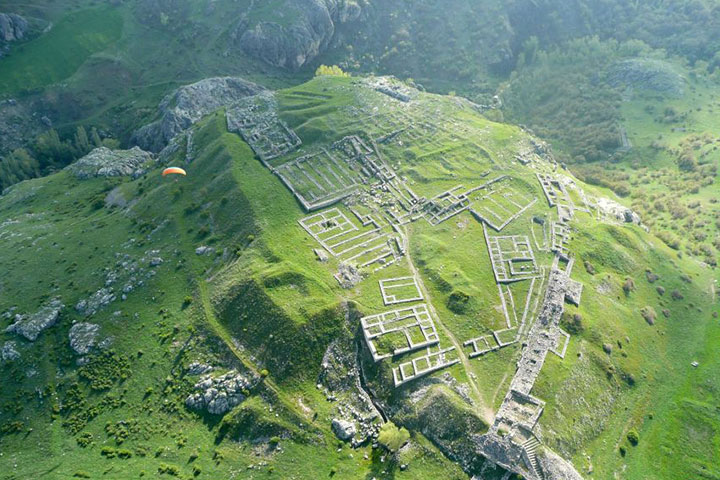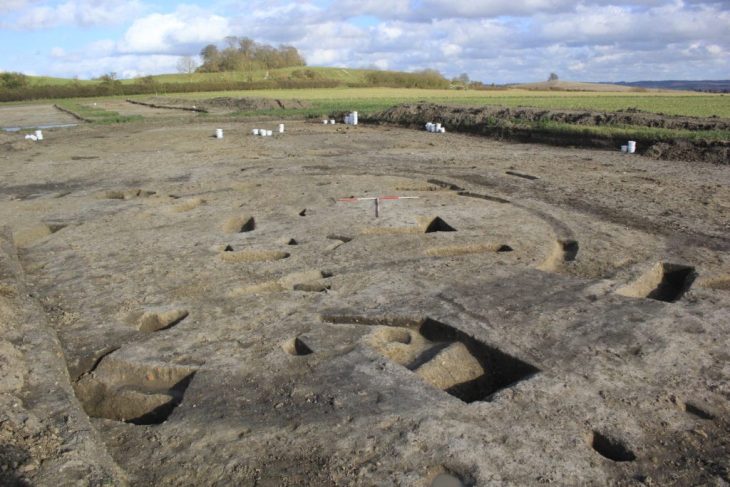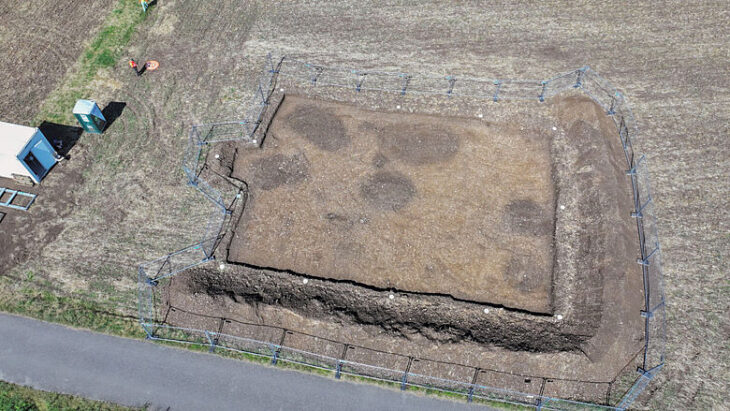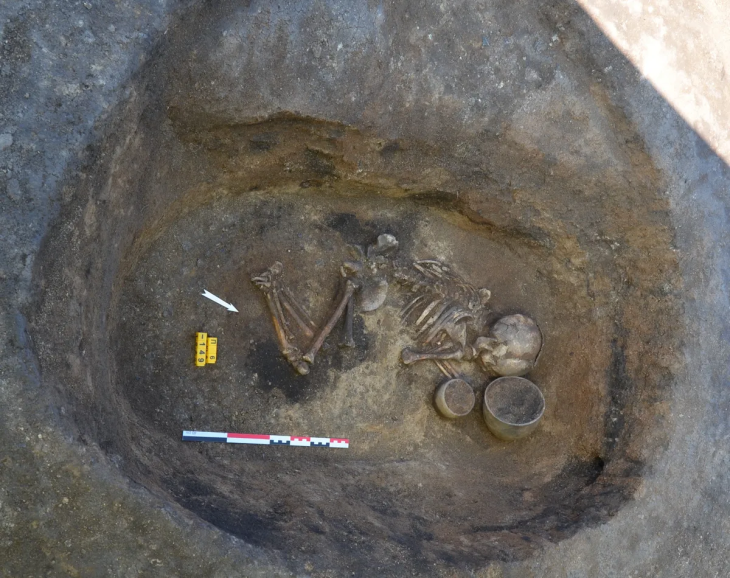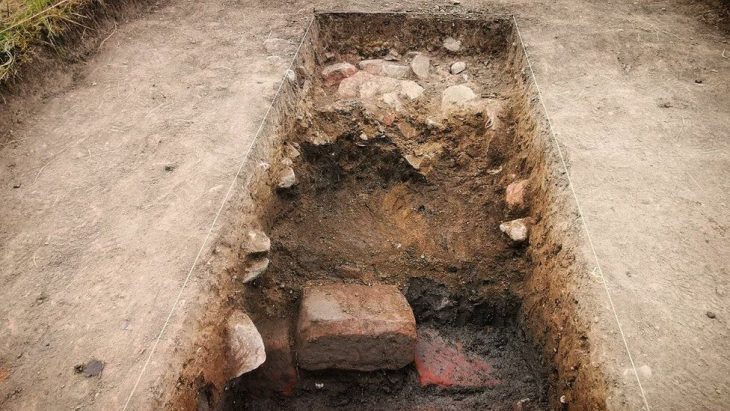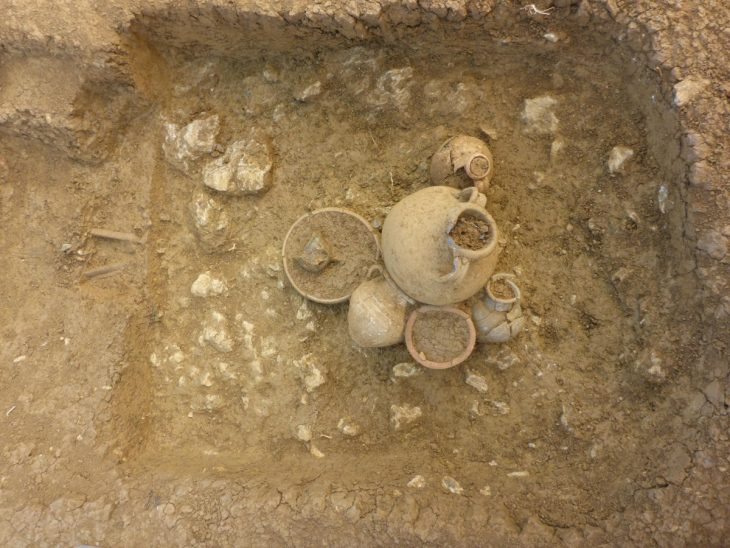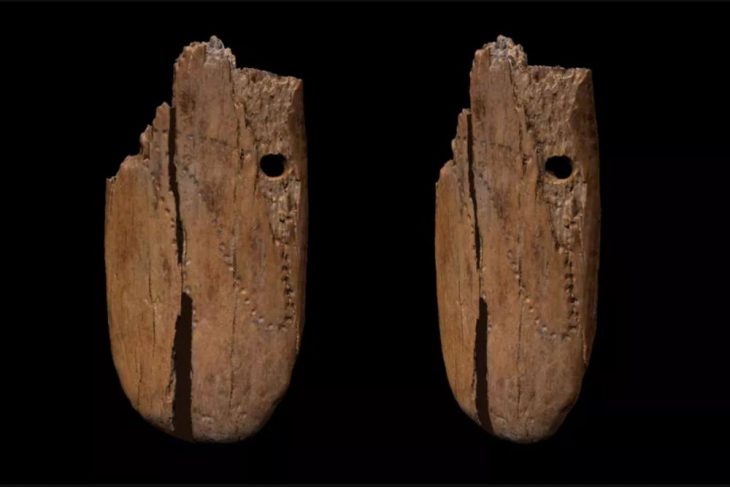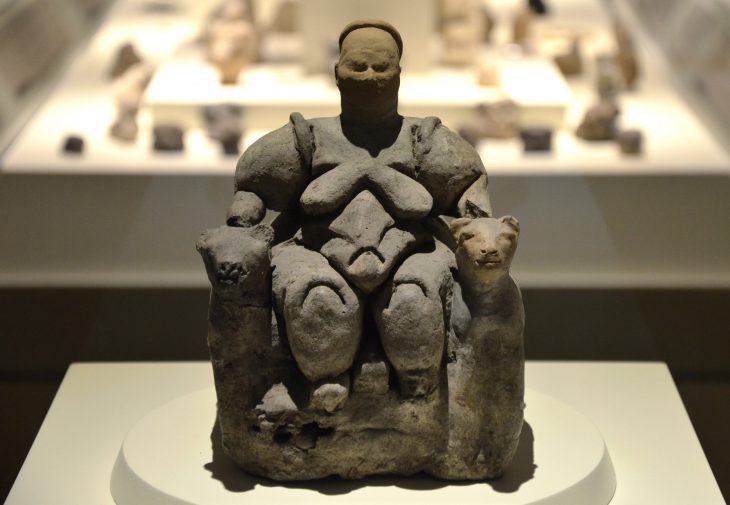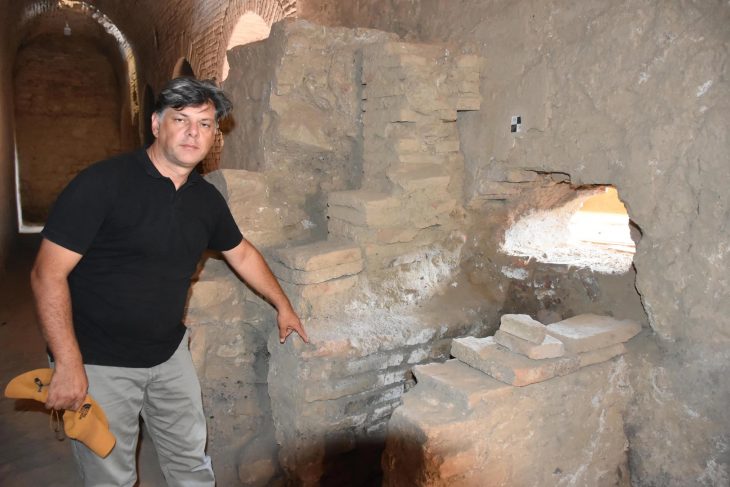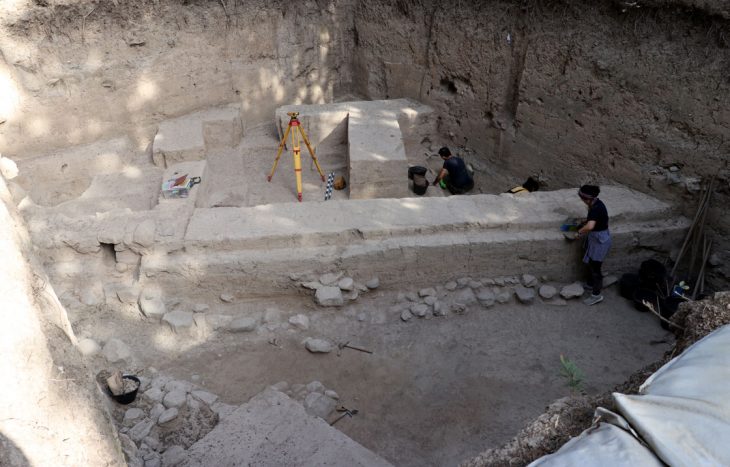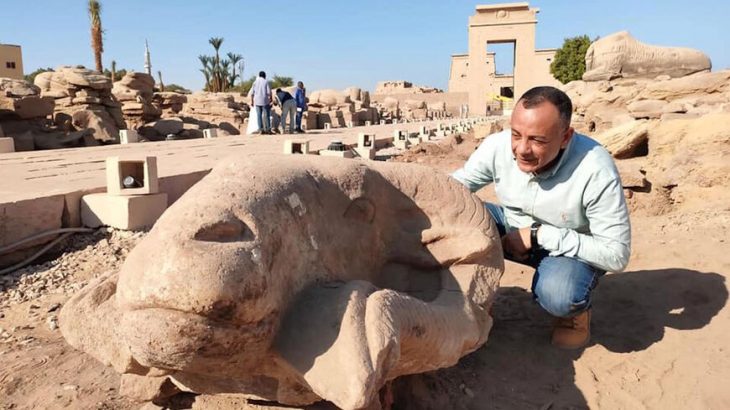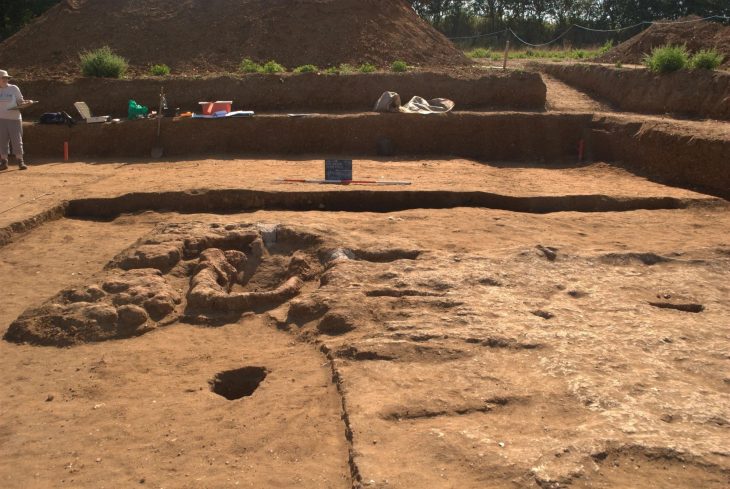In 2023 excavation site at the foot of Ambarlikaya in Boğazköy-Hattusha in Turkey, a cuneiform tablet with a previously unknown Indo-European language was discovered. The newly-discovered language, Kalašma, belongs to the Anatolian-Indo-European languages family.
Based in central Anatolia, Türkiye, and with Hattuša as its capital, the Hittite Kingdom and later Empire is acknowledged as one of the principal Old World empires of the Eastern Mediterranean and Near East between 1650 and 1200 BCE from both rich archaeological remains and textual sources.
The tablet contains an introduction stating that a ritual expert conjures in (the language of) Kalašma.The Hittite ritual text refers to the new idiom as the language of the land of Kalašma. This is an area on the north-western edge of the Hittite heartland, probably in the area of present-day Bolu or Gerede.
“These texts show that Anatolia was a multilingual and multicultural place in 2000 BC,” says Prof. Andreas Schachner, head of excavations at Hattuša.
The tablets, written in Kalašma, a language similar to the Luwian used by the Luwians who lived in southern Anatolia and about whom little is known, contain texts on daily life and celebrations.
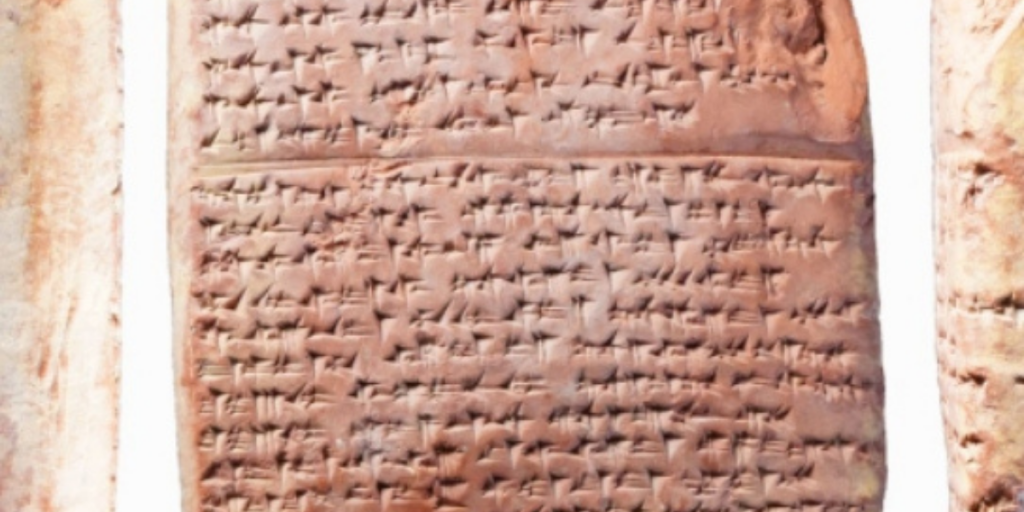
The 174 tablets containing the Kalašma language were deciphered in a study conducted by Prof. Dr. Daniel Schwemer from the Department of Near Eastern Languages at the University of Worzburg in Germany and Assoc. Prof. Dr. Metin Alparslan from the Department of Hittitology at Istanbul University.
“All texts under the responsibility of the German excavation team have been published,” Schacher said.
Prof. Dr. Schachner said, “Professor Daniel Schwemer, head of the Chair of Ancient Near Eastern Studies at Julius-Maximilians-Universität (JMU) Würzburg in Germany, is working on the cuneiform finds from the excavation. He converted it from cuneiform to the Latin alphabet. Then linguistics experts Professor Elisabet Rieken and Assoc. Prof. Ilya Yakubovitich from the University of Marburg analyzed and deciphered the texts. It was a team effort.”
Professor Schachner said that there was no new alphabet in the Kalašma tablets, emphasizing that the cuneiform system, well known to the Hittites and taken from Mesopotamia, was used for writing.
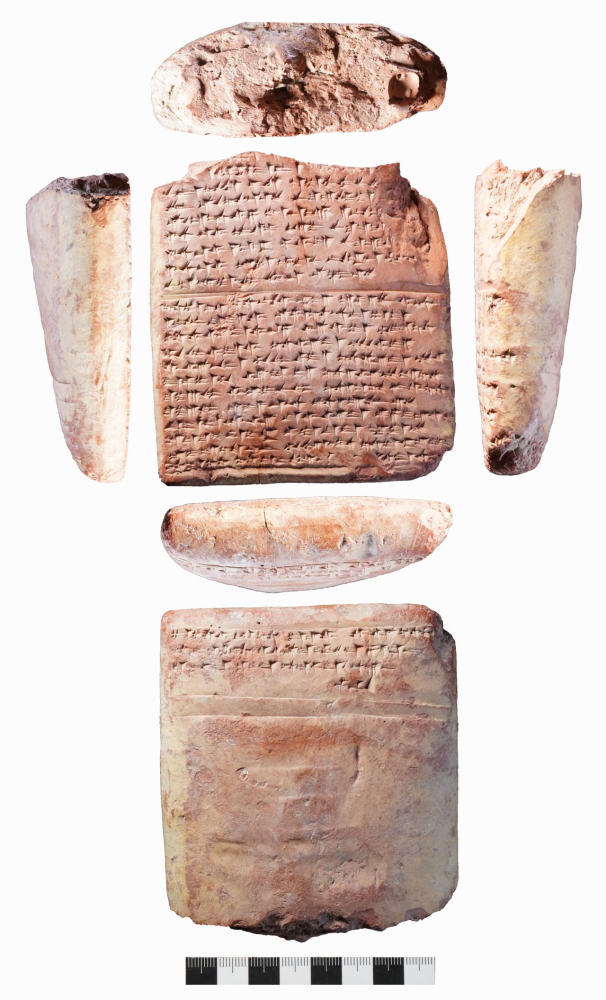
The discovery of another language in the Boğazköy-Hattusha archives is not entirely unexpected, as Daniel Schwemer explains: “The Hittites were uniquely interested in recording rituals in foreign languages.”
Such ritual texts, written by scribes of the Hittite king reflect various Anatolian, Syrian, and Mesopotamian traditions and linguistic milieus. The rituals provide valuable glimpses into the little known linguistic landscapes of Late Bronze Age Anatolia, where not just Hittite was spoken. Thus cuneiform texts from Boğazköy-Hattusha include passages in Luwian and Palaic, two other Anatolian-Indo-European languages closely related to Hittite, as well as Hattic, a non-Indo-European language. Now the language of Kalasma added to these.
Professor Schachner said: “The content of the tablets does not actually convey very important information, but thanks to these texts we learn that Anatolia was a multilingual and multicultural region in 2000 BC. People knew and used at least a few of these languages. The Hittite view of the gods of another region is also confirmed by this text, because they included the gods of the conquered region into their system and worshipped them. In this way, they tried to bind those regions to themselves. These texts were written in this language so that they could pay their respects to the god they brought from Kalašma in a language they could understand. According to Hittite logic, that god would not understand the Hittite language.”
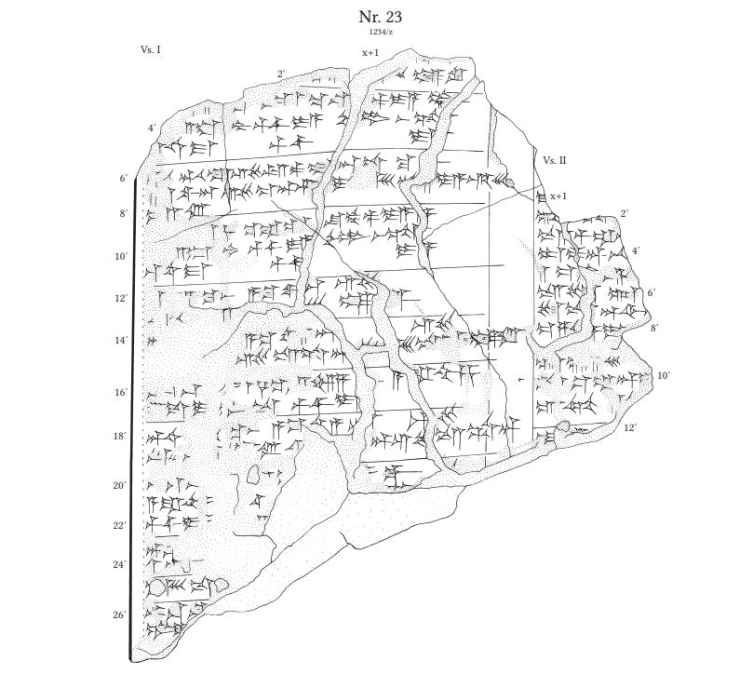
The work ‘Keilschrifttexte aus Boghazköi (Cuneiform Texts from Boghazköi)’, written by Prof. Dr. Schwemer on the decipherment of 174 tablets, is now available digitally. The final publication of the texts will take place in the coming days. Starting in November, the Kalašma texts will be published.

